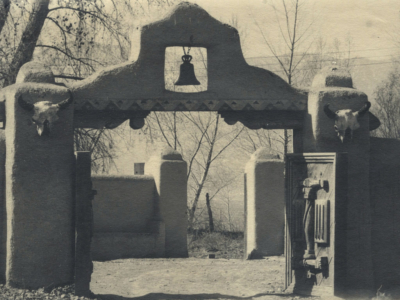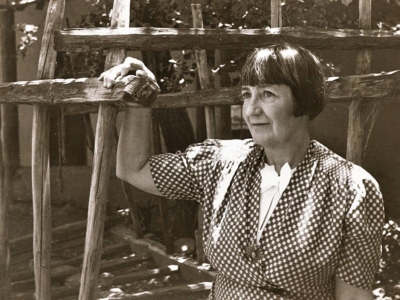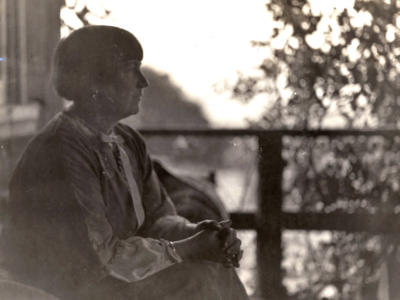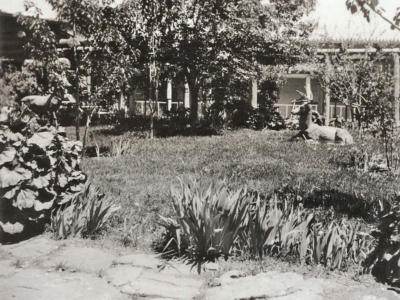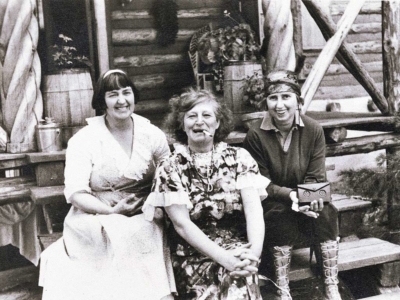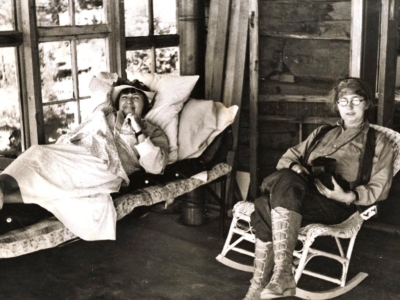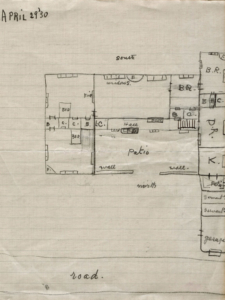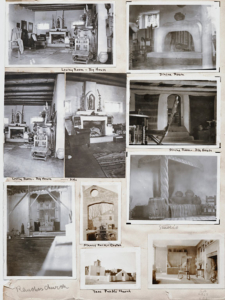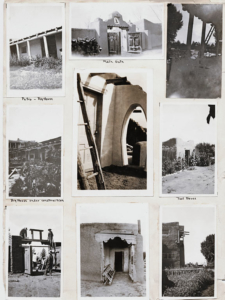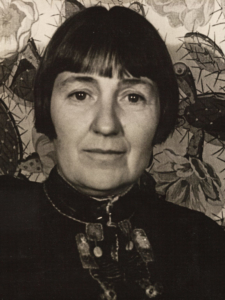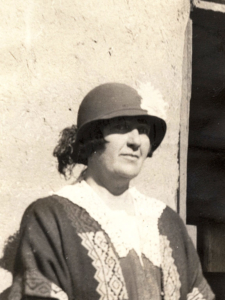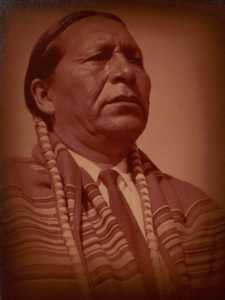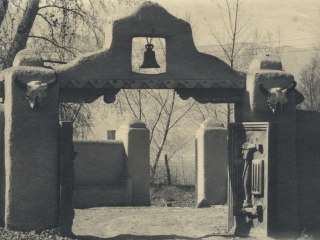 The property on which the Mabel Dodge Luhan House sits contained a four-room adobe in 1918 when it was purchased for $1,500. Antonio Lujan supervised a crew from the Taos Pueblo who renovated and expanded the structure to roughly its present state. Thus began a famous era in the history of the American counterculture which continues to this day.
The property on which the Mabel Dodge Luhan House sits contained a four-room adobe in 1918 when it was purchased for $1,500. Antonio Lujan supervised a crew from the Taos Pueblo who renovated and expanded the structure to roughly its present state. Thus began a famous era in the history of the American counterculture which continues to this day.
Visitors to the Mabel Dodge Luhan House quickly learn its history–or else come already knowing–eager to see the place described in the writings of D.H. Lawrence and lately in many of the world’s largest newspapers as interest in the lives of Tony and Mabel has once again become popular.
Los Gallos, as the house was named, represents a conjunction between an elite and progressive world community of well known artists and thinkers and perhaps one of the most enduring native societies in the western hemisphere – Taos Pueblo. The consequences of this union which formed around Tony and Mabel would be difficult to overestimate.
Before arriving in Taos, Mabel Dodge had become a prominent figure in the arts and society of New York City and Europe. Born to a wealthy family in Buffalo, New York, she entertained and supported many of the well-known artists, activists, writers and thinkers of her time. Her Salons were informal gatherings where people joined to dine and to discuss the new ideas of the century, often forming relationships and fomenting ideas which would have far-reaching influences. Guests of Mabel’s included Emma Goldman, Alfred Stieglitz, Margaret Sanger, John Reed and others of the political and artistic avant-garde.
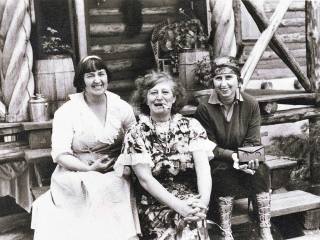 When Mabel left New York to settle in Taos, marrying a full-blooded Taos Pueblo man by the name of Tony Lujan, it seemed as though the whole world was watching. During the 1930s New Yorker Magazine cartoons quipped about Mabel in Taos, while set designs for Shakespeare productions on Broadway were based on adobe architecture. Georgia O’Keeffe, Willa Cather, Ansel Adams and others found inspiration that would shape their lives’ work while visiting Tony and Mabel’s home. Carl Jung’s visits to the Taos Pueblo would influence mainstream conceptions of the “native mind,” while political wheels, set in motion by certain of Mabel’s friends like John Collier, would affect legislation to benefit Native American communities for generations to come. All of these events and many more can be traced at some point to Mabel and Tony’s commitment to one another and to the life they built in Taos.
When Mabel left New York to settle in Taos, marrying a full-blooded Taos Pueblo man by the name of Tony Lujan, it seemed as though the whole world was watching. During the 1930s New Yorker Magazine cartoons quipped about Mabel in Taos, while set designs for Shakespeare productions on Broadway were based on adobe architecture. Georgia O’Keeffe, Willa Cather, Ansel Adams and others found inspiration that would shape their lives’ work while visiting Tony and Mabel’s home. Carl Jung’s visits to the Taos Pueblo would influence mainstream conceptions of the “native mind,” while political wheels, set in motion by certain of Mabel’s friends like John Collier, would affect legislation to benefit Native American communities for generations to come. All of these events and many more can be traced at some point to Mabel and Tony’s commitment to one another and to the life they built in Taos.
Author Lois Rudnick in Utopian Vistas recognizes that “many who came to the Luhan House were at a critical point in their lives, physically, psychologically, or vocationally. For them, the house functioned as a kind of life crisis center breaking down and healing, making – and sometimes unmaking – love affairs and marriages. Because several visitors often stayed with the Luhans simultaneously, the opportunities for mentoring, cross fertilization, and feuding were enormously rich….”
Throughout its history the Mabel Dodge Luhan House has served as a retreat, a center for personal growth, and a location that challenges those who dare to become part of its history. Those who have enjoyed its ambiance and those who are waiting to be introduced to the unique experience of the Mabel Dodge Luhan House can look forward to many more years in celebration of creativity, workshops in the arts, humanities and support of local cultural activities.
Timeline of the House Construction
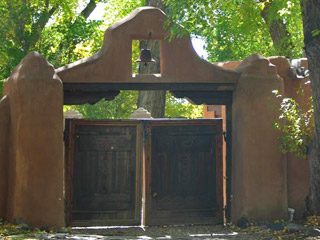
- June 22, 1918 – Mabel buys 12 acres of land bordering Pueblo land at the urging of Tony. Begins construction on the big house, known as “Los Gallos”
- 1918-1922 – Construction of the big house
- Dec 1920 – The big house is finished. Has six rooms and a balcony
- 1921 – A sun porch is built on the third story. Currently is the solarium
- Fall 1921 – Tony completes construction of a five room adobe on Indian land
- 1924 – Pink house is finished. Mabel moved into Pink House
- 1925 – Rainbow room added to the big house
- 1948 – Mabel and Tony build a smaller house on Morada Lane
- 1970 – Dennis Hopper purchases the house. He first saw it while filming “Easy Rider”
- He runs a 70’s (hippie) version of a salon with friends, colleagues and guests coming to stay with him.
- Hopper renames the house the “Mud Palace”
- 1977 – Dennis Hopper sells to George Otero, who takes on the massive rehabilitation process for years of neglect and hard use.
- The Oteros start a non-profit, “Las Palomas de Taos” and begin to hold workshops
- 1996 – The Attiyeh Foundation purchases the house and begins the current operation of the hotel and conference center.
About The Attiyeh Foundation
The Attiyeh Foundation, a 501(c)(3) non-profit, owns and operates the Mabel Dodge Luhan House as a Historic Inn and Conference Center.
